0% Financing Available
The Hidden Hero in Your Backup Power Plan: Why Annapolis Homes Need a Manual Transfer Switch
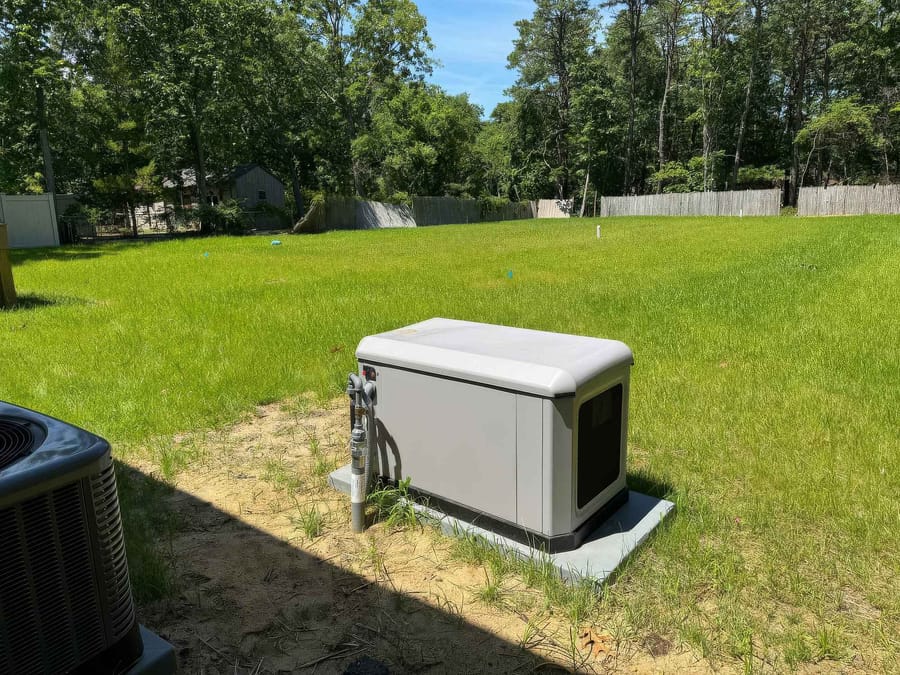
When a storm rolls through Annapolis and the lights flicker off, most homeowners immediately think of one thing: the generator. But while your generator is ready to provide power, there’s one crucial piece of the puzzle that often gets overlooked: the manual transfer switch.
This small but powerful device is the connection point that makes your backup power plan work safely and efficiently. Without it, you can’t safely run your generator to power your home’s circuits. In fact, skipping a transfer switch can put your family, your appliances, and even your utility workers at risk.
At Chesapeake Electric, we’ve seen firsthand how a properly installed manual transfer switch transforms a generator from a temporary fix into a dependable, whole-home safety solution. It’s the hidden hero that ensures your generator delivers reliable, seamless power whenever an outage strikes.
What is a Manual Transfer Switch?
A manual transfer switch is the critical link between your generator and your home’s electrical system. It allows you to safely switch your home’s power source from the utility grid to your backup generator when an outage occurs.
Without a transfer switch, connecting a generator directly to your home’s wiring can send electricity back through the utility lines, a dangerous condition called backfeeding. Backfeeding not only risks damaging your generator and appliances but also endangers utility workers repairing nearby lines.
With a manual transfer switch, power is safely isolated and directed only where it’s needed. You can choose which circuits to energize, such as your refrigerator, lights, or heating system, without overwhelming your generator’s capacity.
Unlike automatic transfer switches, which switch power automatically when an outage occurs, a manual transfer switch gives you complete control. It’s simple, safe, and ideal for portable or mid-sized generators, making it a popular choice for many Annapolis homeowners who want flexibility and reliability without unnecessary complexity.
Why a Transfer Switch Is Essential for Generator Safety
A manual transfer switch does far more than connect your generator to your home. It also ensures that electricity flows safely, efficiently, and only where it’s supposed to go. Here’s why it’s a must-have for any reliable backup power plan.
Prevents Dangerous Backfeeding
Backfeeding occurs when generator power flows back through your home’s wiring into the main utility lines. This can cause fires, damage your generator, and even create a deadly hazard for utility workers repairing downed power lines. A manual transfer switch isolates your home’s system, keeping utility power and generator power separate at all times.
Protects Appliances and Equipment
When power returns suddenly, voltage fluctuations can damage sensitive electronics like TVs, computers, and refrigerators. A manual transfer switch stabilizes the transition between utility and generator power, protecting your appliances from electrical surges and costly repairs.
Simplifies Power Management
Instead of running extension cords through windows and hallways, a transfer switch allows you to control which circuits receive generator power right from your electrical panel. This makes it easy to prioritize essentials, like lighting, refrigeration, and HVAC, without overloading your generator.
Keeps Your Family and Home Safe
By maintaining a controlled and isolated power flow, a transfer switch eliminates the risk of electric shock or fire caused by improper generator use. It ensures your backup system meets electrical codes and runs safely every time the lights go out.
Manual vs. Automatic Transfer Switches
Not all transfer switches operate the same way. While both manual and automatic systems achieve the same goal, safely connecting a generator to your home’s circuits, they do so in different ways. Understanding how they compare helps Annapolis homeowners choose the best fit for their lifestyle and budget.
Manual Transfer Switches Offer Simplicity and Control
A manual transfer switch gives you full control over when and how your generator powers your home. When an outage occurs, you manually flip the switch from utility power to generator power. This hands-on setup is ideal for homeowners who want reliability without automation and prefer managing which circuits are active during an outage.
Automatic Transfer Switches Provide Convenience
Automatic systems do all the work for you. When the power goes out, the switch detects the outage and automatically starts your standby generator. Once utility power returns, it switches back without any action required. These are commonly used with permanently installed standby generators, offering seamless comfort for those who want a fully automated system.
Manual Switches Are Cost-Effective and Reliable
For many Annapolis homes, especially those using portable or smaller backup generators, manual transfer switches are the smarter investment. They’re less expensive to install, easier to maintain, and give you more flexibility in controlling your power usage.
How Manual Transfer Switches Work During an Outage
When the power goes out, a manual transfer switch gives you safe, direct control over how and when your generator powers your home. Here’s how the process works in simple steps.
Step 1: Confirm the Outage
Before starting your generator, check to see if the outage is isolated or widespread. Look at nearby homes or streetlights to confirm whether utility power is truly down.
Step 2: Start Your Generator
Once you’ve confirmed an outage, move your portable generator to a safe outdoor location—at least 20 feet away from doors and windows. Start it according to the manufacturer’s instructions and let it run for a minute to stabilize.
Step 3: Flip the Manual Transfer Switch to Generator Mode
Inside your home, go to your electrical panel where the manual transfer switch is installed. Flip the switch from “Line” (utility power) to “Generator.” This disconnects your home from the grid and connects the selected circuits to your generator safely.
Step 4: Select Essential Circuits
With the switch in generator mode, you can now choose which circuits receive power. Most homeowners prioritize the refrigerator, HVAC or space heaters, sump pump, lighting, and a few outlets for charging devices.
Step 5: Return to Utility Power When It’s Restored
When the power company restores service, simply flip the manual transfer switch back to “Line.” This reconnects your home to the grid and allows you to turn off your generator safely. Always let the generator cool before storing it away.
Why Annapolis Homes Benefit from Manual Transfer Switches
Annapolis homeowners face unique electrical challenges thanks to Maryland’s coastal weather, older housing infrastructure, and frequent power fluctuations. A manual transfer switch provides reliable control and safety during outages, making it a smart, long-term investment for the area’s diverse homes.
Built for Coastal Weather and Storm Seasons
Strong winds, heavy rain, and hurricanes can knock out power in minutes. A manual transfer switch allows you to quickly and safely activate your generator when the grid goes down. Because it operates independently of automated systems, it’s especially valuable during long outages or when you want precise control over your power usage.
Perfect Match for Portable Generators
Many Annapolis homeowners use portable generators as their main backup source. Manual transfer switches pair perfectly with these units, offering flexibility and affordability. Instead of running extension cords through windows, you can power specific circuits safely through your home’s panel.
Dependable for Older and Historic Homes
Annapolis is filled with beautiful older homes that often have aging electrical systems. Manual transfer switches can be customized for these setups, helping homeowners upgrade safely without a full system overhaul. Chesapeake Electric ensures each installation meets local codes and preserves the integrity of older wiring layouts.
Safe, Cost-Effective Power Control
Manual transfer switches cost less to install than automatic systems and require minimal maintenance. They give you hands-on control of what stays on during an outage, which is ideal for families who want reliability and safety without unnecessary automation or expense.
Keep Your Home Powered Safely with Chesapeake Electric
A generator may be the star of your backup power plan, but the manual transfer switch is what makes it safe and effective. It prevents dangerous backfeeding, protects your appliances, and gives you full control over your home’s electricity when the grid goes down. Without it, even the best generator can’t do its job properly.
Annapolis homeowners know that storms, salt air, and aging infrastructure can challenge the power grid year-round. Having a manual transfer switch professionally installed ensures that your generator works seamlessly when you need it most.
When it comes to generator safety and performance, trust the experts at Chesapeake Electric. Our licensed electricians specialize in manual transfer switch installation, maintenance, and backup power solutions tailored to Annapolis homes. Schedule your consultation today and make sure your backup power system is as safe and reliable as it should be.
Recent Posts
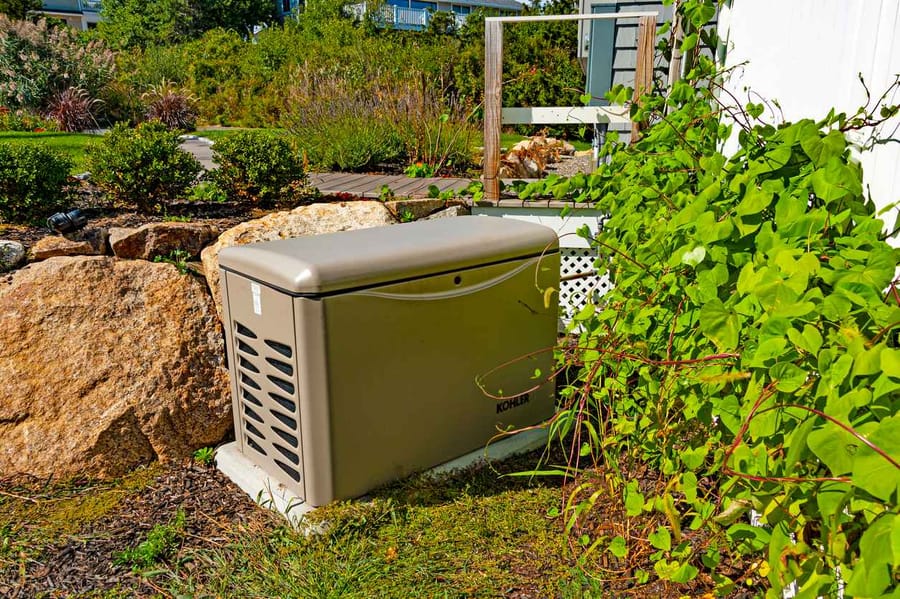
November 21, 2025

November 21, 2025
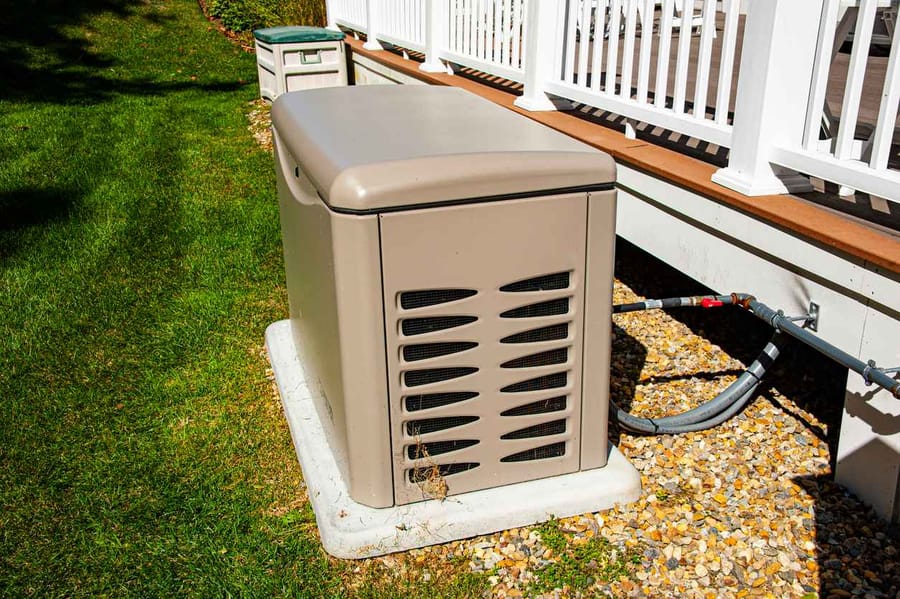
November 21, 2025
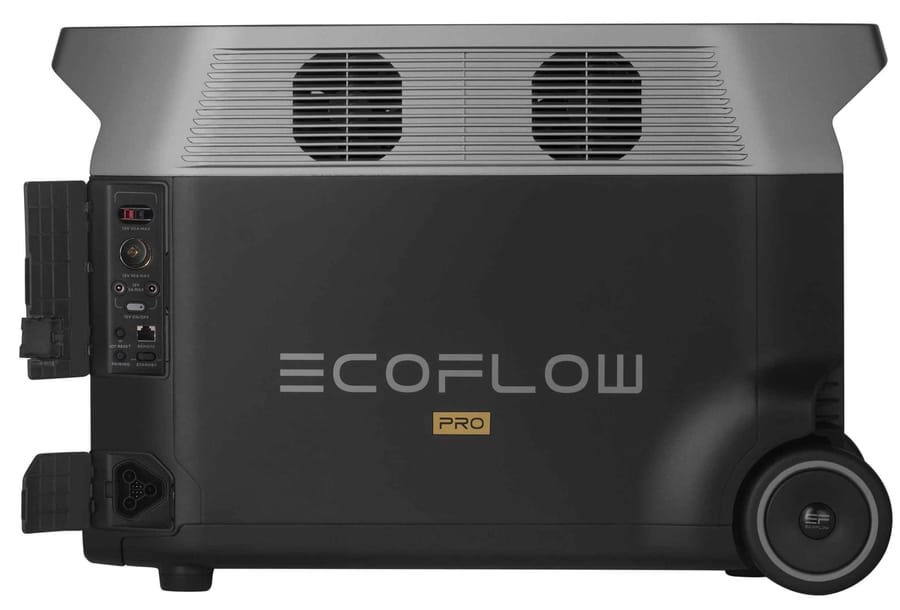
October 29, 2025
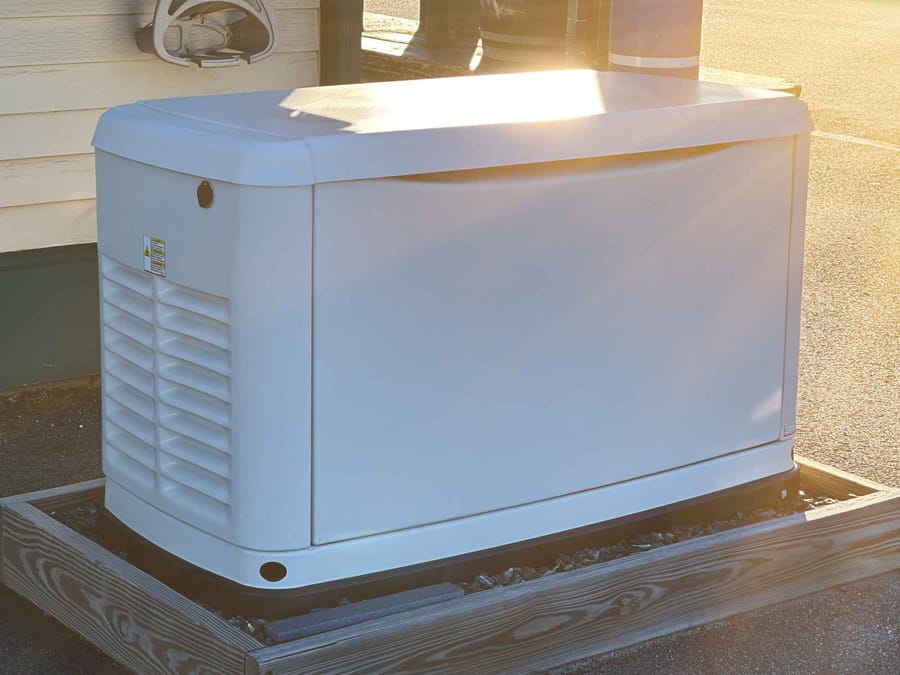
October 29, 2025
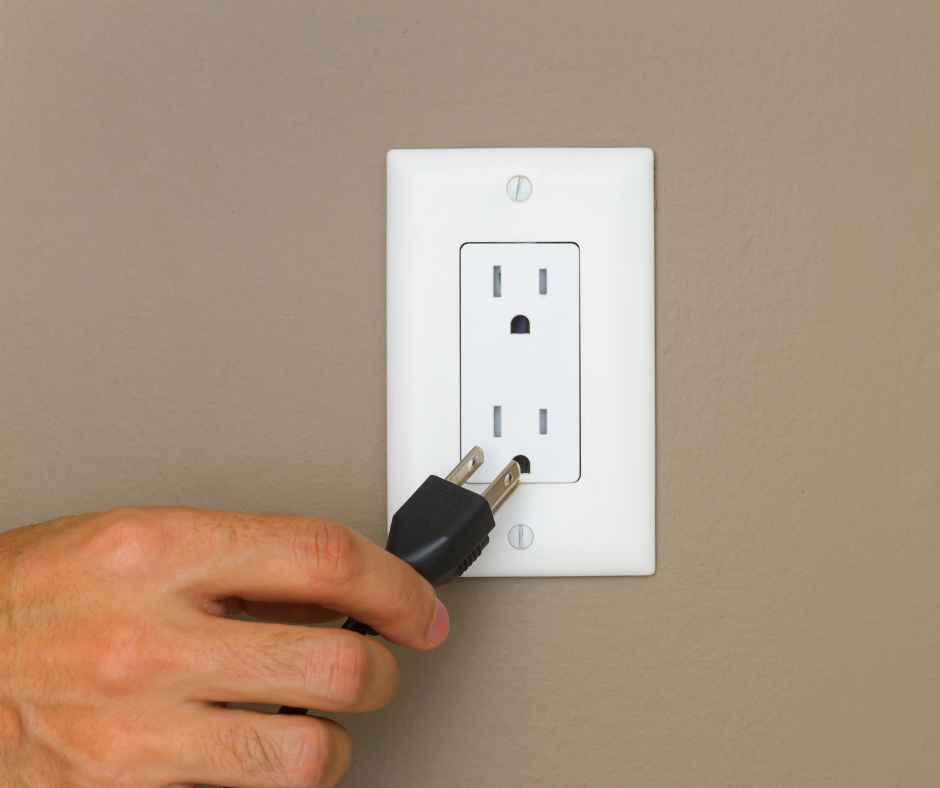
September 26, 2025
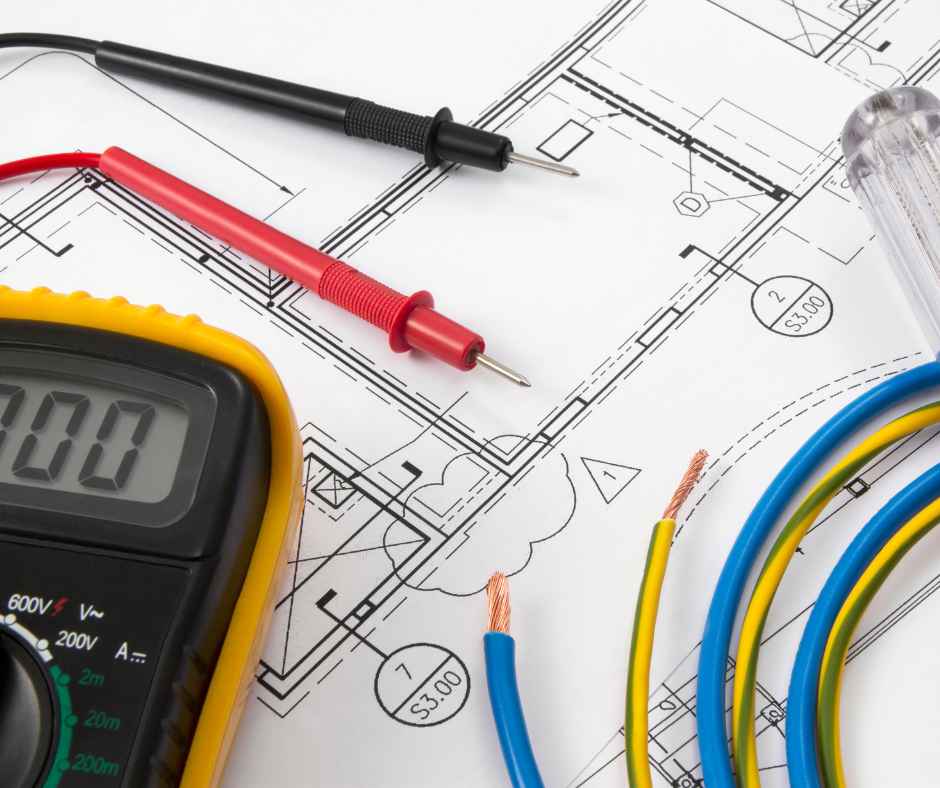
September 18, 2025